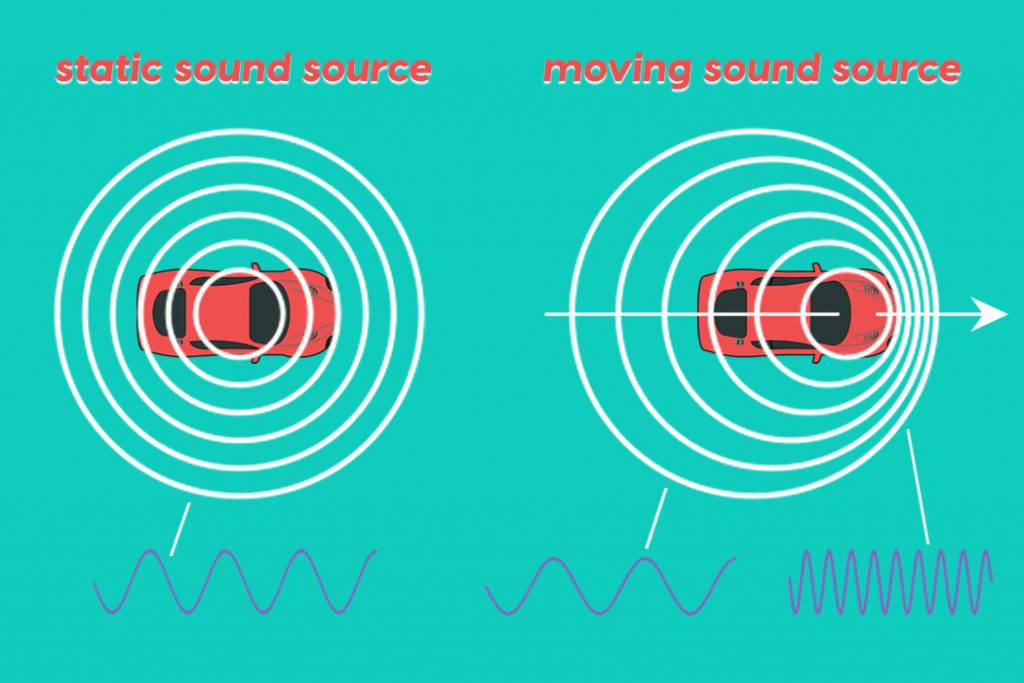

Special attention is paid in this study to wireless detectors of small dimensions that can be quickly and effortlessly installed alongside traffic lanes (on the side of a road or on a curb) without any additional supporting structures. Main goal of this survey is to summarize the progress achieved to date and to help identify the sensing technologies that provide high detection accuracy and meet requirements related to cost and ease of installation. The comparison of traffic monitoring methods presented in this paper is based on results of experiments that were conducted with a variety of sensors in a wide range of configurations. This paper reviews the low-cost traffic monitoring methods and compares their accuracy. The disadvantages of conventional detectors have motivated recent development of low-cost sensing technologies for road traffic monitoring that enable easy installation and maintenance of the detectors. Installation and maintenance of the conventional detectors are expensive and induce serious disruption of traffic. In case of conventional traffic monitoring systems, this task is carried out with use of intrusive detectors that have to be installed in the pavement (e.g., inductive loops, micro-loop probes, piezoelectric sensors) or detectors that require installation of supporting structures (video detectors, radars). One of the most important traffic monitoring tasks is detection of vehicles and pedestrians.

Examples of such services are adaptive traffic signals, variable speed limits, traveler information, and route guidance. This information is necessary to provide various services that enable smoother, safer, and environmentally friendly transportation. The objective of road traffic monitoring is to collect information about different traffic participants. Application of active sensors was necessary to obtain satisfactory results in case of pedestrian detection. The experimental results reveal that accurate vehicle detection can be achieved by using sets of passive sensors. It was shown that the detection accuracy can be significantly improved by fusing data from appropriately selected set of sensors. During experiments various sensor sets were analyzed. The comparison of detection methods presented in this paper is based on results of experiments that were conducted with a variety of sensors in a wide range of configurations. Special attention is paid to wireless battery-powered detectors of small dimensions that can be quickly and effortlessly installed alongside traffic lanes (on the side of a road or on a curb) without any additional supporting structures. The main goal of this survey is to summarize the progress achieved to date and to help identify the sensing technologies that provide high detection accuracy and meet requirements related to cost and ease of installation. This paper reviews low-cost vehicle and pedestrian detection methods and compares their accuracy.


 0 kommentar(er)
0 kommentar(er)
